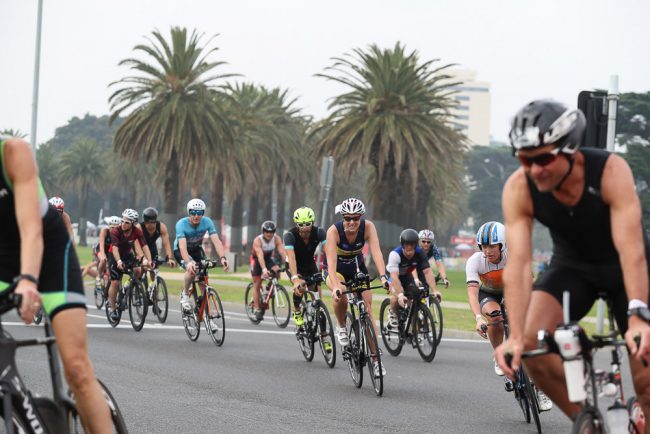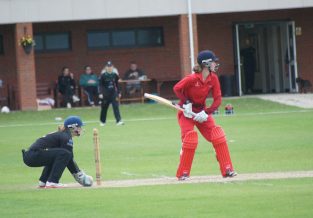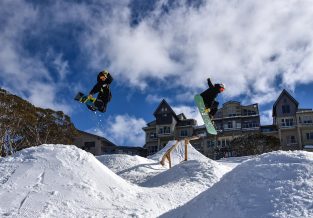Optimising Your Triathlon Bike Fit
Published on
13 Sep 2019

Call us on: (03) 9975 4133
Triathlons can be a gruelling, challenging and rewarding sport, which is largely for its growth among the recreational weekend warrior. The training can be time consuming, with the debate as to which discipline is the most important from a training stand point.
The answer largely depends on the event you are training for, though a strong bike leg will always set you up for a strong run and an overall strong performance. If you are not setup well, and haven’t done enough km’s, on your time trial (TT) bike; the run leg of a triathlon can a long and sometimes painful experience. It is not uncommon to hear, and see, triathletes spending large amounts on the most modern and expensive TT bike though skimp on the most important part, a bike setup. A poor TT bike setup can be both inefficient and un-aerodynamic, while also causing pain within the lower back, upper back, shoulders, neck, arms and knees/quadriceps.
The key to an ideal TT bike setup is understanding the individual athlete and their specific racing requirements. Specifically their riding and injury history, along with their race requirements. Only then can you understand the approach you will take during their TT bike setup and which aspects of a TT bike setup: aerodynamics, comfort or speed, that is of most importance. A TT bike setup for a sprint distance triathlon can have a very aerodynamic and speed focus while sacrificing comfort as they will only be on the bike for 20km. While a TT bike setup for an Ironman would prioritise comfort and aerodynamics with less focus on power, as you want to ensure they can comfortably hold their TT position for 180km, which could be 5hrs and longer, and still be able to run 42km afterwards. If the triathlete is finding themselves moving out the saddle or sitting up frequently they are losing the advantage of being aerodynamic.
Among the common mistakes that are made include the use of poorly fitted clip on triathlon bars and seat position. Often clip on triathlon bars are taken directly out of the box, clipped onto the bike’s handlebars and away they go. Often these bars are set to full length which puts the riders upper body and arm in a lengthened, outstretched position. This will put more stress onto the shoulders and back while also reducing your hip flexion angle. This will result in shoulder and back pain along with a loss of comfort, aerodynamics and efficiency.
Seat position is also important, just as it is with a road bike setup. If the saddle is too low, you’re not using the full extent of your leg lever, thus having a less efficient pedal stroke. If the saddle is too high, this will cause the pelvis to rock up and down, placing strain on the lower back, while also having a less efficient pedal stroke because you’re overstretching. The geometry of TT bikes influence a triathletes seat position as these bikes have a larger seat tube angle, meaning the rider will sit more forward on the bike. This will help to become more aerodynamic, reduce the loading of the quadriceps and opens up the hip angle (meaning the hip travels through a greater range of movement).
The most important thing to remember is each athlete is unique and the TT bike setup process is very much an individual process. It is a balancing act between finding the right amount of aerodynamics, power and comfort for each athlete and their race day requirements. While getting a TT bike setup is incredibly important, spending as much time as possible on your new setup is just as important. The more time you can spend training in your aerodynamic position, the more efficient and comfortable you will become in position. So essentially get on your TT bike early and often.
If you are a triathlete that needs help with your TT bike setup then contact us to arrange a Cycling Assessment with Steve today!


